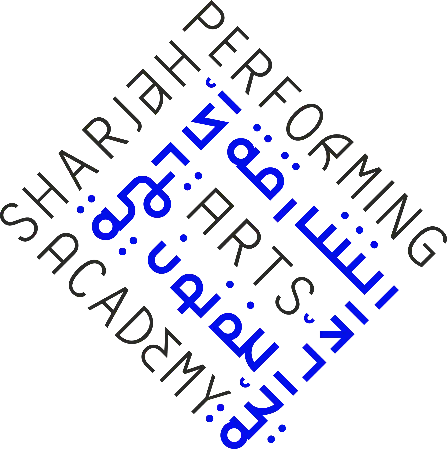Music theory remixed : a blended approach for the practicing musician / by Kevin Holm-Hudson.
Material type: TextPublisher: New York : Oxford University Press, [2017]Description: xxvii, 883 pages ; 25 cmContent type:
TextPublisher: New York : Oxford University Press, [2017]Description: xxvii, 883 pages ; 25 cmContent type: - text
- unmediated
- volume
- 9780199330560
- 0199330565
- 781 23
- MT6.H5736 M87 2017
| Item type | Current library | Call number | Status | Barcode | |
|---|---|---|---|---|---|
 Music
Music
|
SPAA Library General Collection | MT6.H5736 M87 2017 (Browse shelf(Opens below)) | Available | 0003911 |
P.B
P.B
Includes bibliographical references and indexes.
Part 1: Fundamentals and diatonic harmony. Prelude: Setting the stage : listening ; Dimensions of pitch : notation, scales, and key signatures ; Dimensions of pitch 2 : modes, intervals, consonance and dissonance ; Duration, rhythm, and meter ; Triads and seventh chords ; Diatonic chord labels ; Introduction to counterpoint and voice leading ; Forces of resolution : tendency tones, cadences, and closure ; Part writing with root-position triads ; Part writing with first-inversion triads and seventh chords ; Part writing with second-inversion triads and seventh chords -- Part 2: Form and chromatic harmony 1. Melodic figuration : non-chord tones ; Motives, phrases, and periods ; Harmonic function applied : prolongation and the phrase model ; Harmonic progression and sequence ; Secondary chords and tonicization ; Mode mixture -- Part 3: Form and chromatic harmony 2. Modulation 1 ; Modulation 2 ; Cannon and fugue ; Binary and ternary forms ; Sonata form ; Rondo ; Variation forms ; Chromaticism 1 : the Neapolitan chord and augmented sixth chords -- Part 4: Advanced chromatic harmony and contemporary techniques. Alterations and additions to triads and seventh chords ; Further chromatic enhancements ; Modulation 3 ; Contemporary techniques 1 ; Contemporary techniques 2 ; Contemporary techniques 3 ; The stories we could tell : musical narrativity and intertextuality -- Online appendix: Answers to self-tests.
Designed for today's undergraduate music students, Music Theory Remixed: A Blended Approach for the Practicing Musician presents tonal music theory through a dual lens of works from the Western canon and examples from popular music, including rock, jazz, techno, film soundtracks, and world music. With exceptional clarity, it balances the study of traditional part-writing with the development of essential skills like score analysis and identification of historical style. Each chapter contains guided activities involving analysis, composition, and improvisation, offering a perfect blend of learned material and practical application (from cover).
There are no comments on this title.


